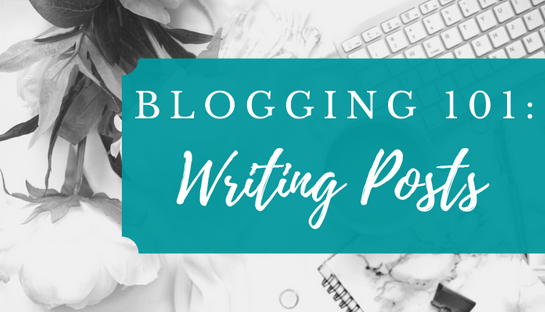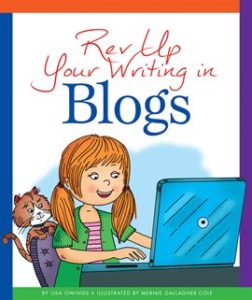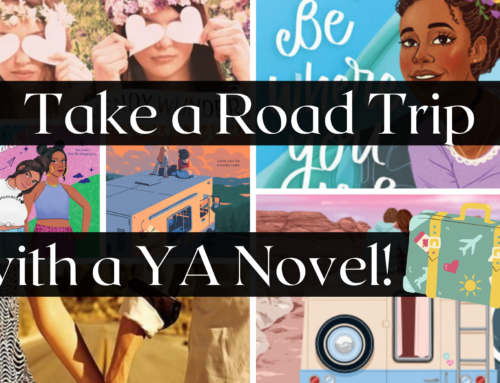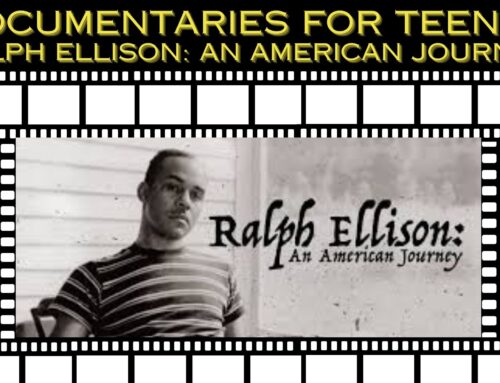
Once you have your blog set up, you can begin to write your very first blog posts! In this section, we will cover how to title, format, and schedule your posts.
Titles
The title of your blog posts should be descriptive and as concise as possible. Let your readers know what the post will be about. You may be tempted to write a clickbait title, one where readers are enticed to click on it to find out more. Examples of clickbait titles are the ones you see online that read something like, “You’ll Never Guess How One Woman Doubled Her Income.” These types of titles sound exciting, but they are less likely to show up in search engine results. Search engines will help drive traffic to your blog, so try to make your post title something you can imagine someone typing into a search bar.
Formatting
The length of your blog posts can vary widely. Some bloggers prefer more bite-sized writings, while others have cultivated a following who will read posts that look more like novellas. Whether you choose to write shorter or longer posts, however, you should still try to break up your text.
Make your posts easier for readers to follow by writing shorter paragraphs and using a variety of headings, bold text, and italics. In school, you probably learned that a paragraph usually contains at least five sentences. However, you may have also noticed that newspaper articles and online articles sometimes use paragraphs with only three sentences. Readers on the internet seem to prefer smaller chunks of text, so make sure you break yours up.
You can also break up your text by using a variety of text choices, such as heading tags, bold text, and italics. The title of your post will usually be an H1 tag, so begin using H2 tags to create lists or subheadings in the body of the post. Then make smaller subheadings by using H3 or H4 tags, or even bold text. Some bloggers also like to use bold text to draw attention to certain points or simply to break up the monotony of a large chunk of text. Others use different font sizes to imply that they are shouting in excitement or whispering a secret. You can play around with your text choices to create your own unique blogging style.
Images are the final important element of your post format. We will cover graphic design in a later section. For now, however, keep in mind that every post should have at least one image. Some bloggers use more or they use GIFs to convey emotion. Whatever your style, however, you should have some visual element in each post.
Scheduling
Scheduling posts ahead of time should be one of your most important considerations because doing so will help prevent what is known as blogger burnout. Many new bloggers find themselves overwhelmed by the demands of maintaining a blog–writing new comment, responding to comments, designing images, marketing the blog on social media, and finding other bloggers with whom to connect. However, you can take some of the pressure off yourself by writing several posts before the official launch of your blog and scheduling them to post in the future. Most blogging platforms will have a built-in scheduler for you to do this.
You should think about how many times a week you want to post and if you want to put a specific kind of post on any one day. For example, if you have a fashion blog, you might have a post every Tuesday where you showcase an outfit appropriate for work. Every Wednesday, you might feature outfits that can be worn when going out with friends.
You do not have to post every day. Most readers probably follow many blogs and do not want to be overwhelmed with new content. However, you should post consistently so that your followers understand your blog is still active and so they know when to check your blog for new posts. Posting at least once a week is a good goal to aim for.
Conclusion
When writing posts, think about what kinds of titles will draw in readers, as well as show up in search engines. Make sure your formatting breaks up large chunks of text to make your posts easier to read. And, finally, prevent yourself from being overwhelmed by scheduling posts in advance, rather than writing them right before they go live.
Further Reading
The library has many sources to help you get started on your blogging journey. For digital resources, visit the Charles County Public Library website and search under “Read, Watch, & Listen” to find our digital media service Hoopla. Hoopla allows library patrons to check out e-books, audiobooks, and films with no wait list. Here are few titles on Hoopla that you may find useful:
Careers in Digital Media by Corona Brezina
12 Great Tips on Writing a Blog by Barbara Krasner
Rev Up Your Writing in Blogs by Lisa Owings, Mernie Gallagher-Cole









